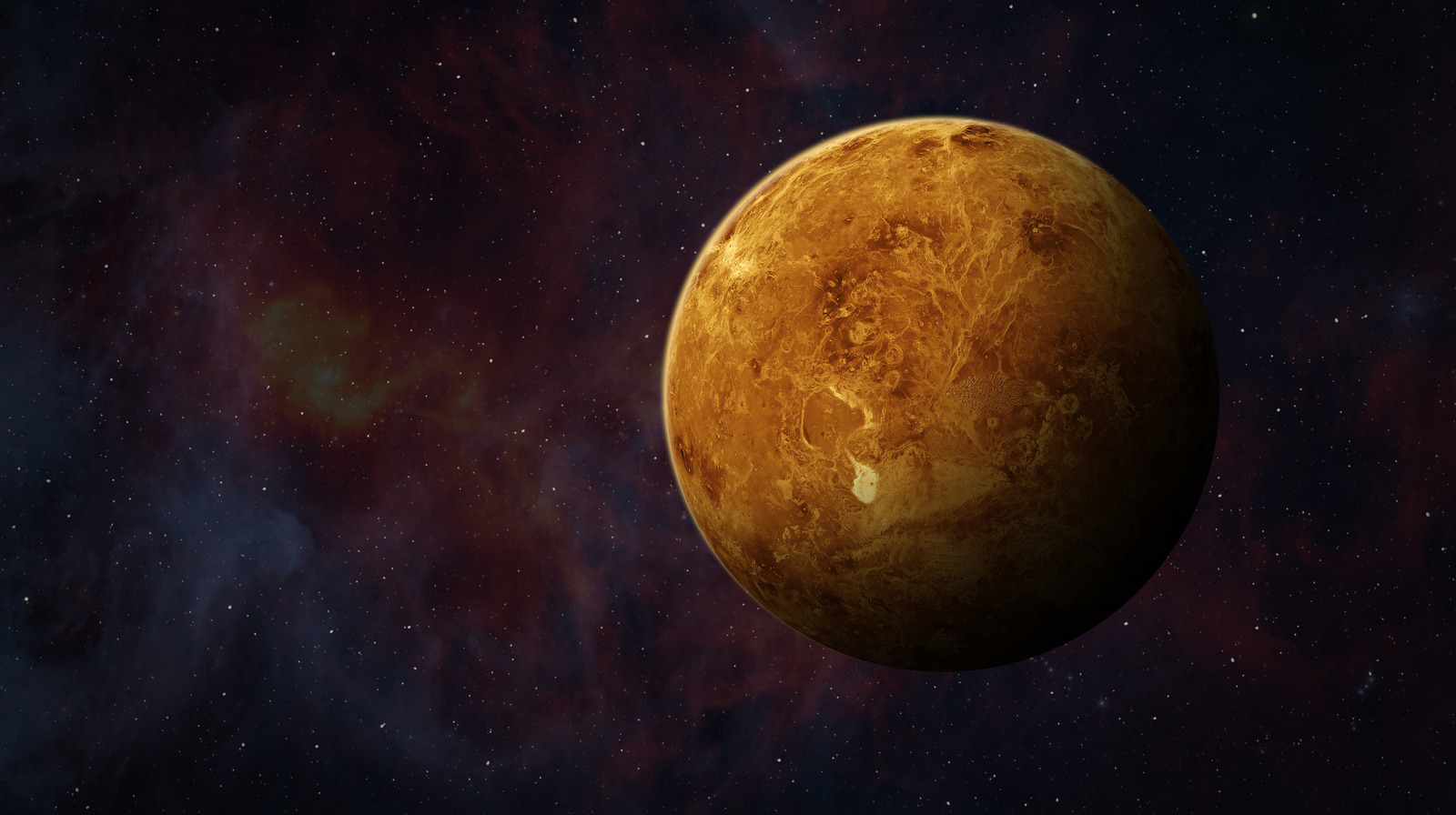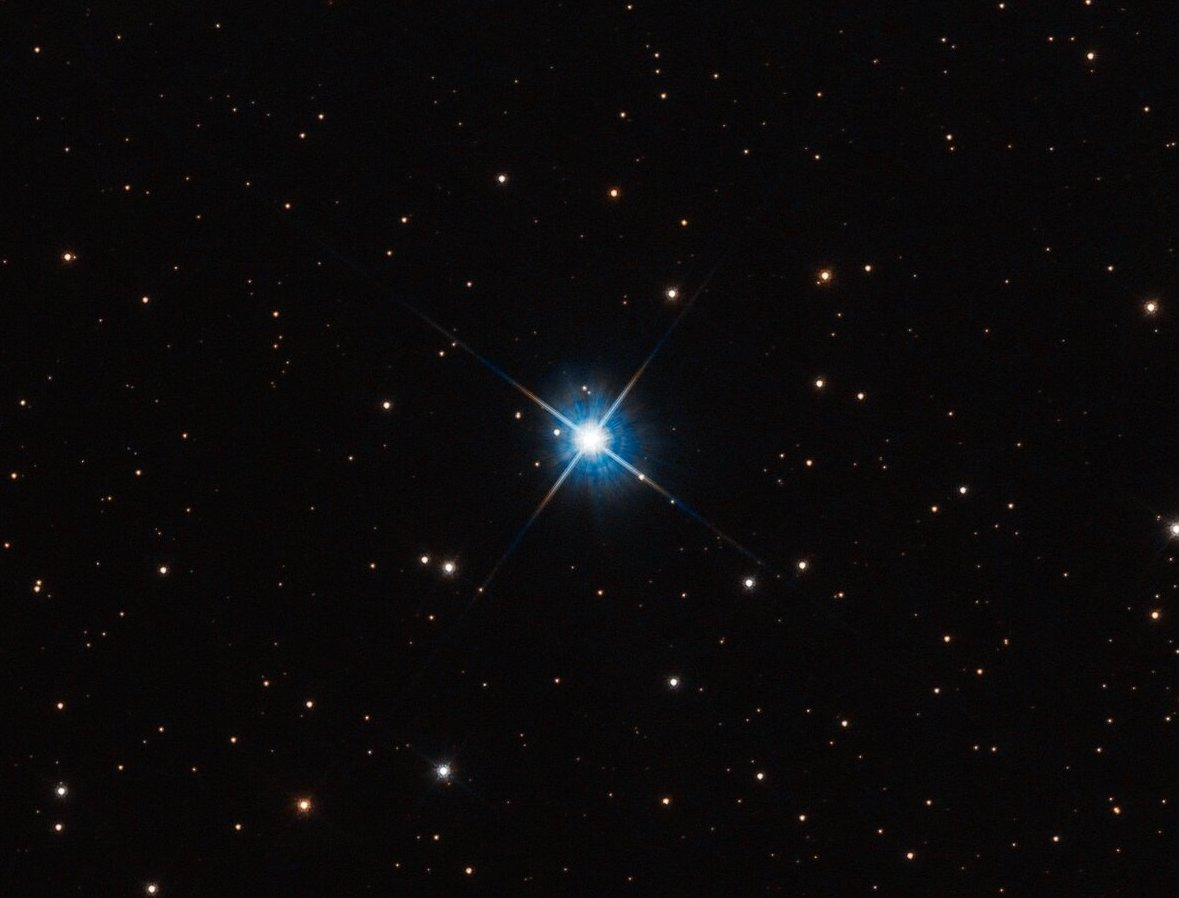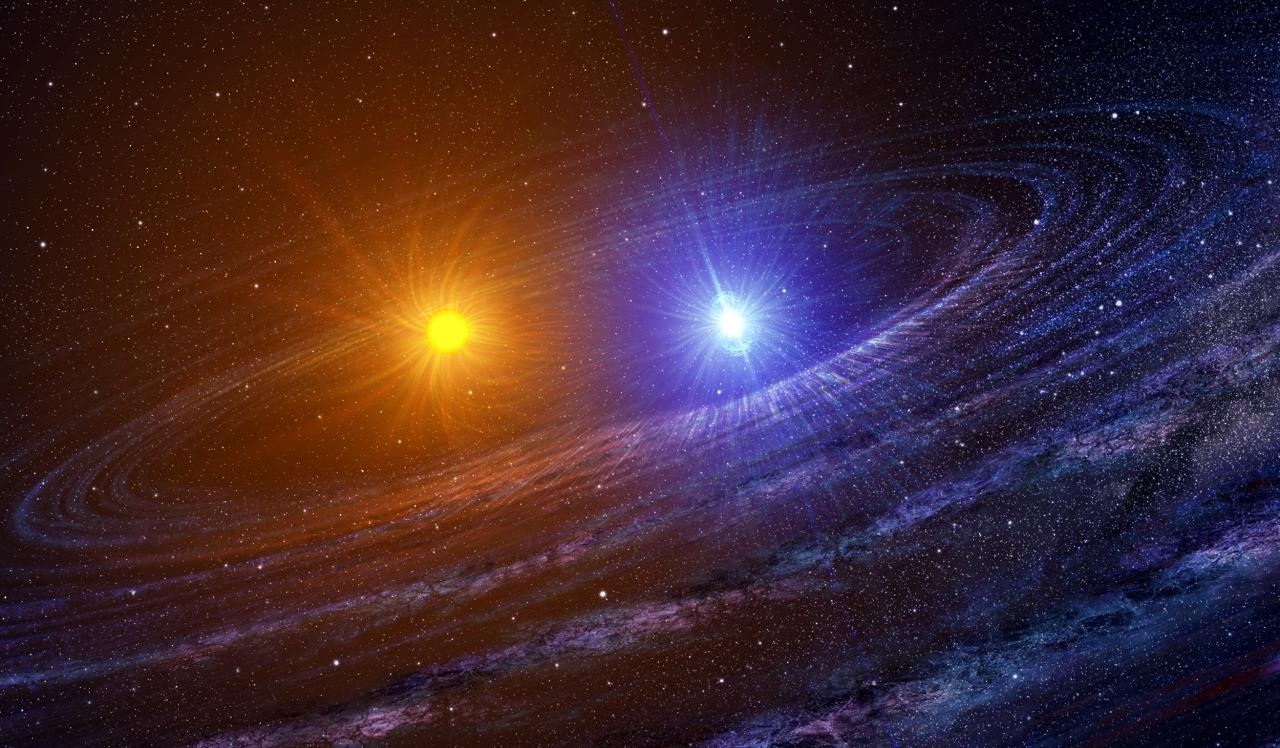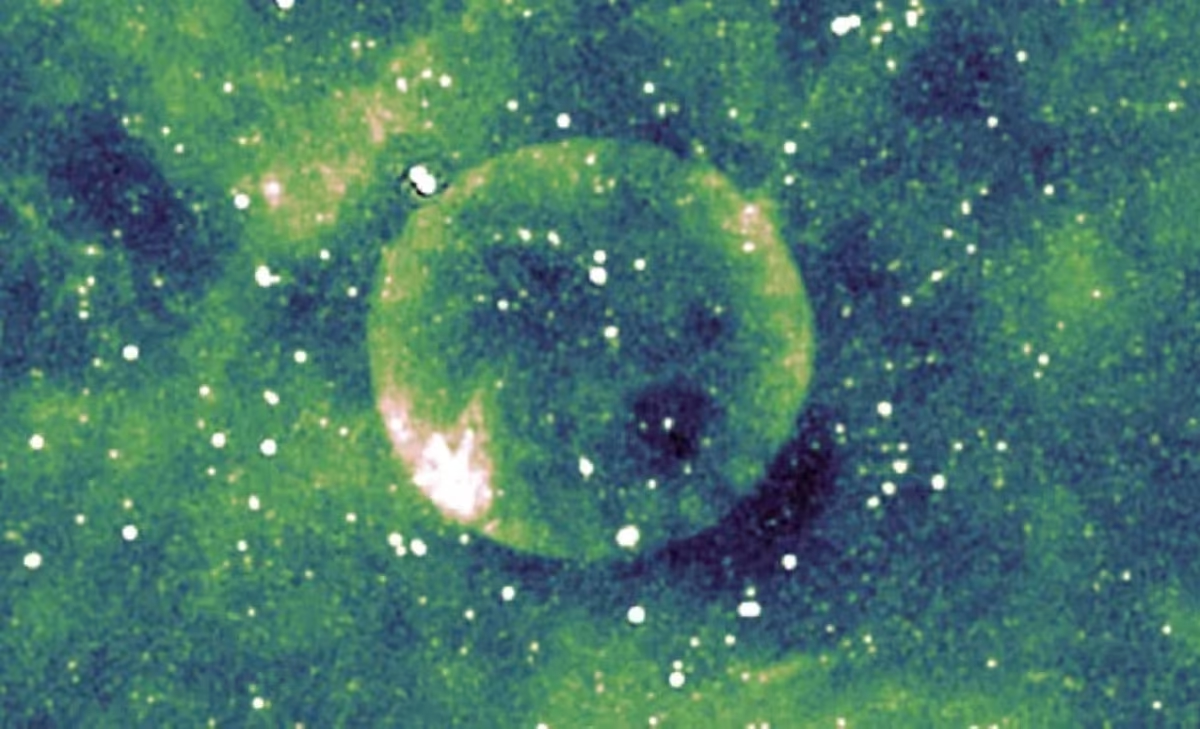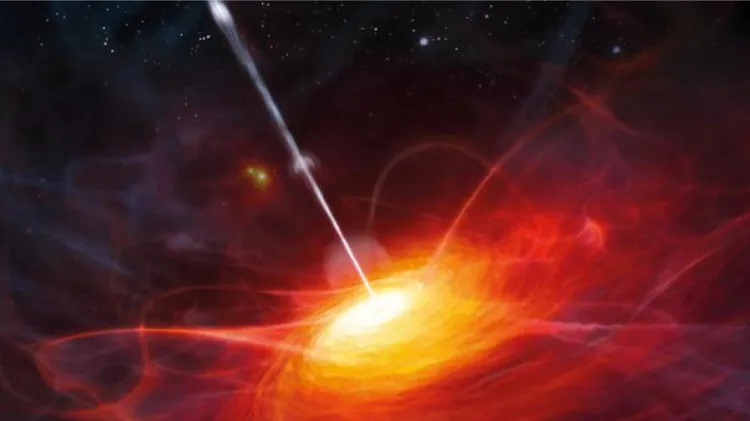Venus, often called Earth’s twin due to its similar size and composition, harbors one of the solar system’s greatest mysteries—its retrograde rotation. Unlike most planets that spin counterclockwise, Venus rotates clockwise, making the Sun rise in the west and set in the east. Even more baffling, its rotation is extremely slow: one day on Venus lasts about 243 Earth days, even longer than its year. This unusual spin defies planetary norms and invites scientists to explore its causes, aligning with E-E-A-T standards by drawing from trusted astronomical research and expert interpretations.
One leading theory suggests that Venus’s strange spin may be the result of a massive collision with another celestial body early in its formation. Another posits that tidal forces from the Sun and the planet’s thick atmosphere caused its rotation to gradually reverse over billions of years. The atmospheric drag, combined with Venus’s lack of a significant moon (unlike Earth), may have prevented any stabilizing gravitational effect, allowing its slow, backward rotation to evolve.
Understanding Venus’s retrograde rotation isn’t just a planetary oddity—it helps scientists learn about atmospheric dynamics, planetary formation, and the delicate balance of factors that shape celestial mechanics. Studying Venus provides a mirror to Earth’s evolution and reminds us how even our solar neighbors can still challenge our understanding of physics, time, and motion.

